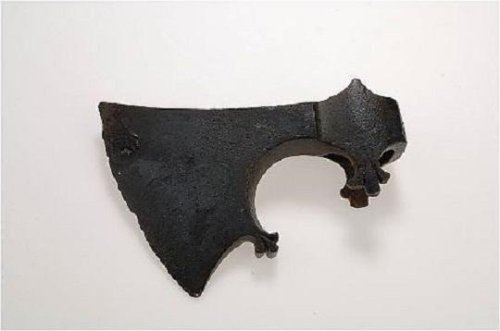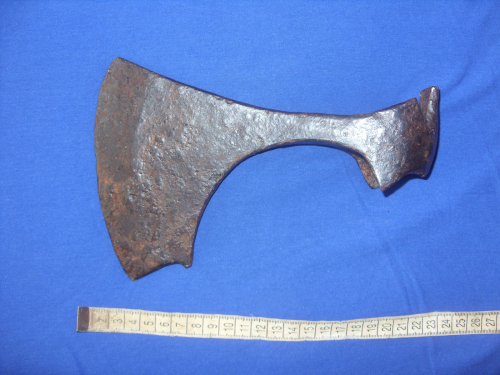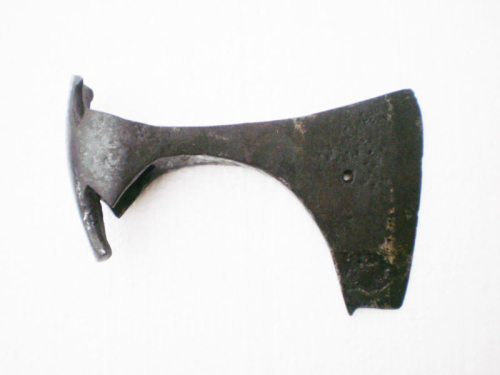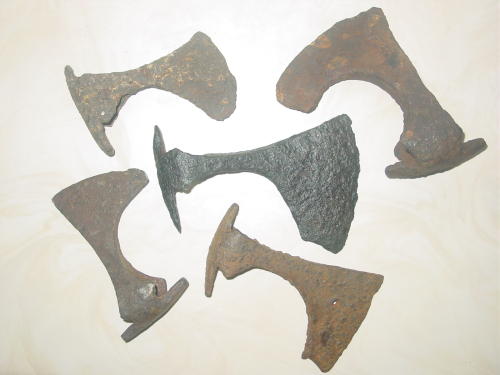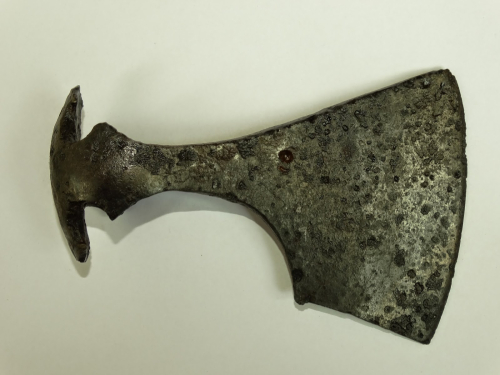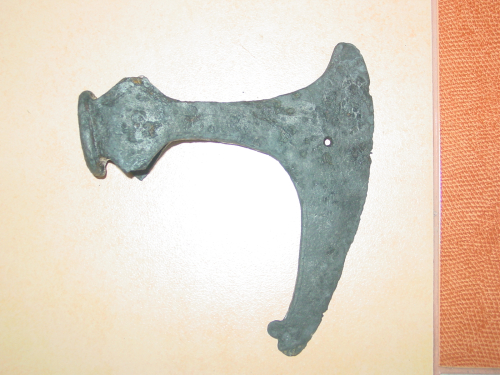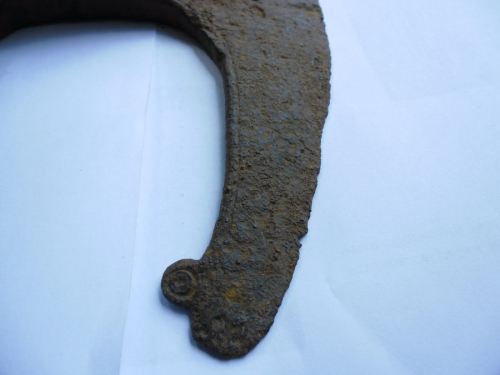I'm looking for other examples of these spurs, preferably full sized axe heads, and if their attributed to a certain region or culture. I have one other pic on another pc that I also suspect is a full sized axe head and the spur is like a disk which I think could function as a stop (like the wings on a spear).
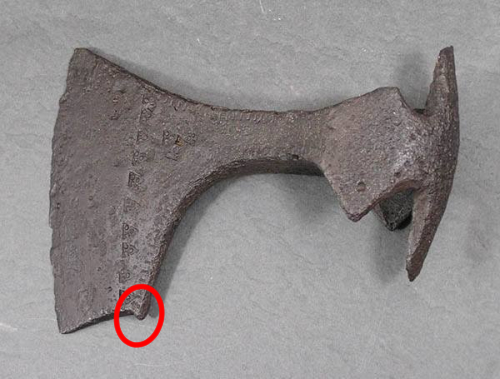
possibly full size axe?
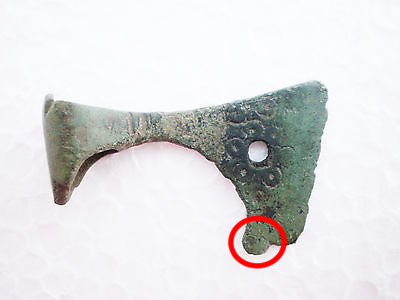
medallion
